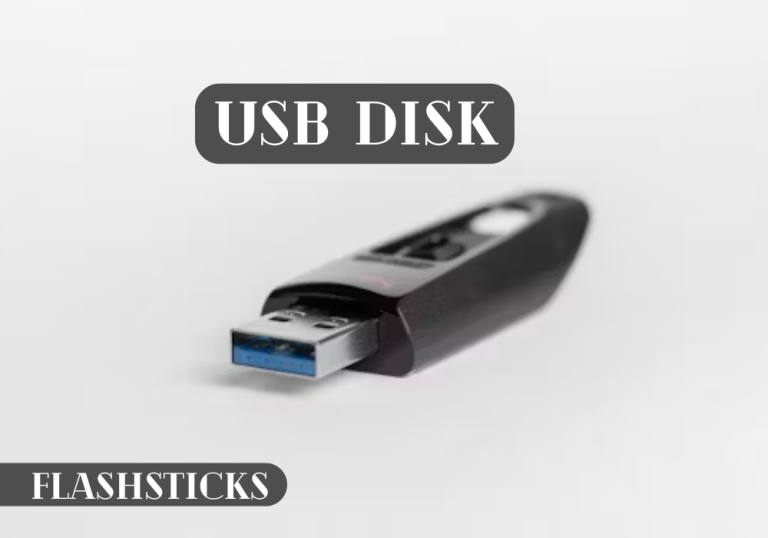Flash Sticks with High Compatibility for Various Operating Systems
Flash sticks, or USB drives, have become ubiquitous in today’s digital world. They offer an easy and convenient way to store, transfer, and access data on multiple devices. However, not all flash sticks are created equal when it comes to compatibility with different operating systems (OS). This article explores the key factors that determine the compatibility of flash sticks and provides a comprehensive guide to selecting flash sticks with high compatibility for various OS.
Factors Determining Flash Stick Compatibility
Several factors influence the compatibility of flash sticks with operating systems:
- File System: The file system of a flash stick determines how data is organized and accessed. Common file systems include FAT32, exFAT, and NTFS. Different OS may have native support for specific file systems.
- Operating System: Each OS has its own set of file system requirements. For example, macOS High Sierra requires flash sticks to be formatted in APFS, while Windows 10 supports both FAT32 and NTFS.
- Hardware Interface: The hardware interface of a flash stick, such as USB 2.0 or USB 3.0, must be compatible with the USB ports on the device being used.
Choosing Compatible Flash Sticks
When selecting a flash stick with high compatibility, consider the following tips:
- Check the File System: Determine the file system requirements of the OS you will be using. Choose a flash stick that is pre-formatted in that file system or supports multiple file systems.
- Consider the Operating System: Select a flash stick that is specifically compatible with the OS you will be using. Look for flash sticks with specifications that indicate compatibility with your OS.
- Verify the Hardware Interface: Ensure that the hardware interface of the flash stick matches the USB ports on the devices you will be using.
Case Study: Multi-OS Compatibility
Many flash stick manufacturers offer products with high compatibility for various OS. For instance, the SanDisk Ultra Fit USB 3.1 Flash Drive boasts compatibility with Windows, macOS, and Linux. Its Plug and Play design makes it easy to use with different devices without the need for additional software or drivers.
Personal Experience: Seamless Transfers
As a frequent user of multiple devices, I have personally experienced the convenience of using flash sticks with high compatibility. I have found that a flash stick formatted in exFAT allows me to seamlessly transfer data between my MacBook Air and Windows 10 laptop without encountering any file system errors or compatibility issues.
Benefits of High Compatibility Flash Sticks
- Data Accessibility: Easily access and transfer data on various devices, regardless of the OS.
- Cross-Platform Sharing: Share files and collaborate with others who use different OS.
- Reduced Compatibility Headaches: Avoid compatibility issues, saving time and frustration.
Conclusion
Choosing flash sticks with high compatibility for various OS is crucial for ensuring seamless data transfer and accessibility across multiple devices. By understanding the factors that determine compatibility and following the tips provided in this article, you can select the right flash stick to meet your specific needs. Embrace the convenience and flexibility of data storage and transfer with compatible flash sticks that bridge the gaps between different operating systems.







